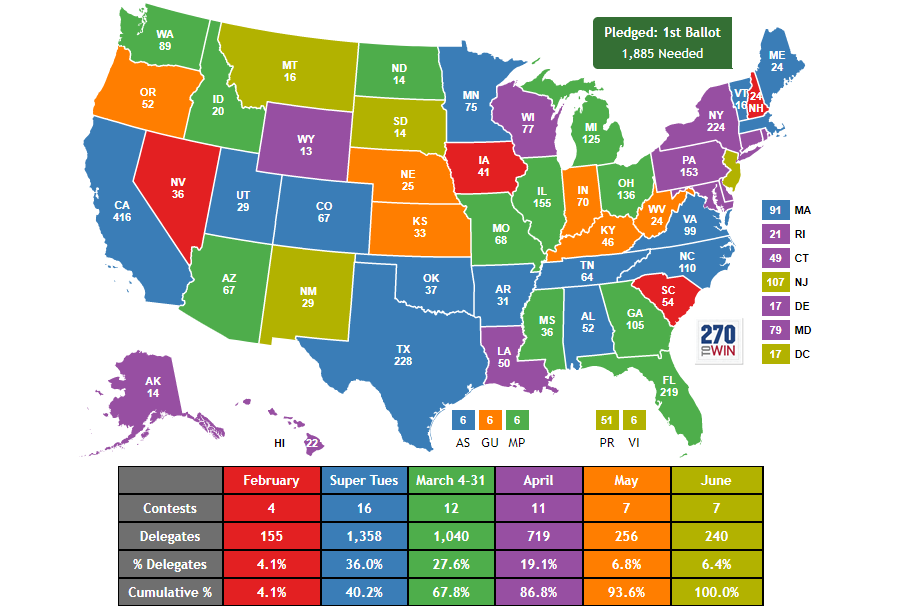I am perplexed why intelligent well-informed people still imagine lidar to be useful in complex visual environments.
We might be slightly better off were we to emphasize when lidar DOES work exceptionally well. Rather that list those cases we have Elon describing the use of lidar at SpaceX to help in docking operations at the ISS. In geophysics there are some excellent
What is Lidar and what is it used for?
As in most geophysical applications the accuracy of results depends on distinguishing between ‘noise’ and the signal one wants to measure. I use this example because, like navigating a vehicle, geophysics presents extraneous information much more dense than is useful information. In geophysics one can devote long times and huge computing capacity to distinguish signals.
Navigation is inherently time-sensitive. Lidar cannot actively resolve extraneous information quickly. Even more important lidar cannot penetrate anything at all other than air without generating huge reflections (by definition) so will not operate effectively in polluted air, much less in snow, rain and slush.
Since lidar is used to excellent effect to map sea floors it is quite worthwhile to distinguish between lidar ability to reflect solid under liquid and the ability to do so rapidly and compactly.
People accustomed to using radar in airborne environments know how effectively radar can be in expanding visual range while distinguishing between a wide variety of reflections.
I am no expert, but I do have experience using radar and have looked at several applications of lidar. That makes me think lidar can help on the factory floor, maybe even in warehousing. In driving, no chance!
People are very prone, all of us, to adopt confirmation bias. Some continue to waste billions in lidar. When the weather is bad nothing will do a perfect job, but lidar is the least effective of the sensor lot in poor conditions.



